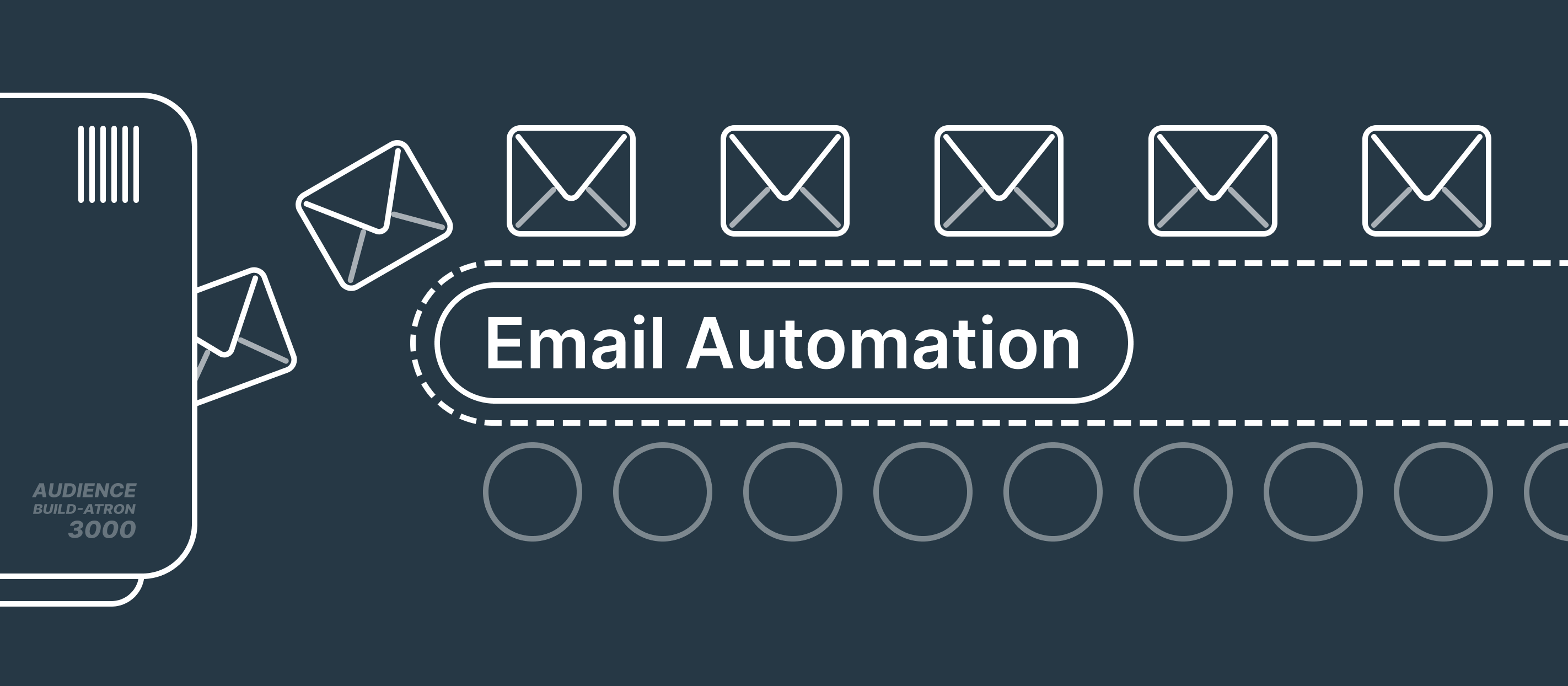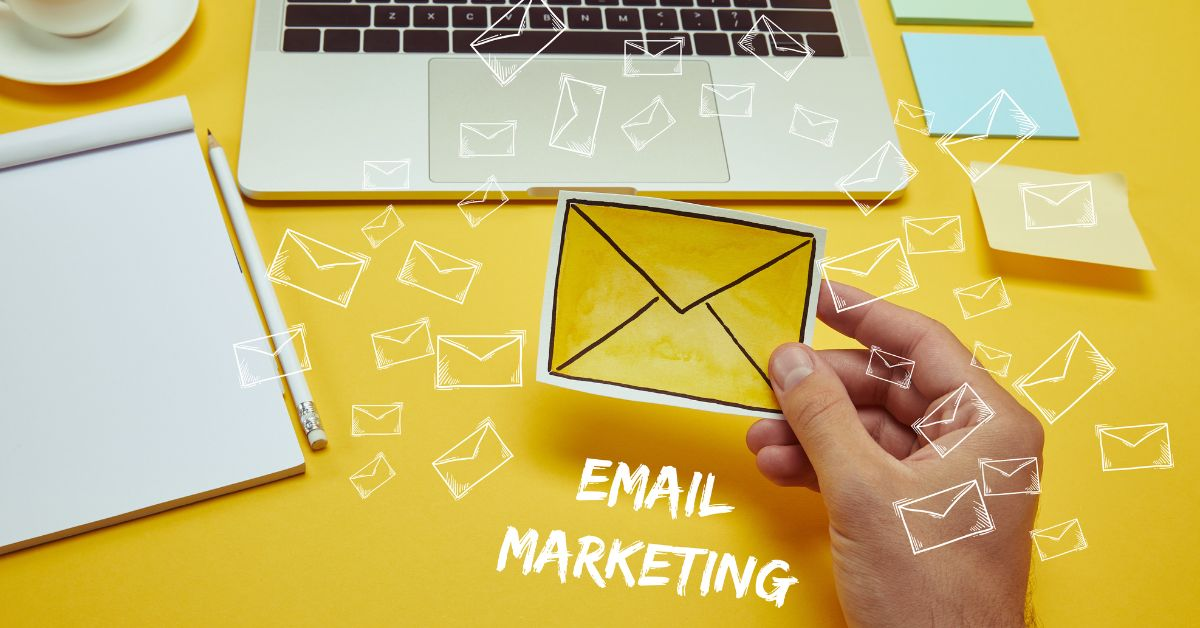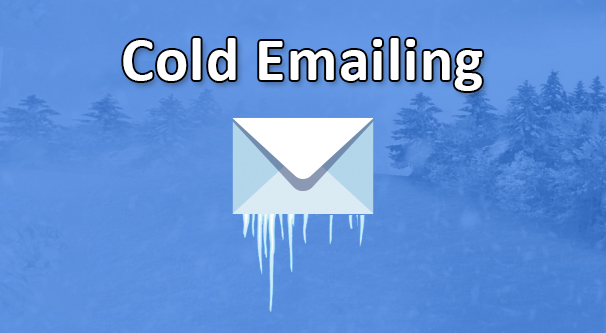Building Subscriber Trust in 2025: No-Code Email Personalization with MailGlider
Here’s a sobering stat: 64% of subscribers say they’re more likely to trust brands that personalize emails based on their preferences, yet only 20% of marketers consistently deliver tailored content. In 2025, with inboxes flooded and privacy concerns at an all-time high, trust is the currency of email marketing. For email marketers, founders, product builders, tech entrepreneurs, SaaS teams, and indie makers, personalization isn’t just a nice-to-have—it’s a must to drive engagement and conversions.
This blog post unveils actionable strategies to build subscriber trust through hyper-personalized emails using MailGlider’s no-code platform. With its 10,000+ templates, drag-and-drop editor, and seamless integrations, MailGlider empowers anyone to craft trust-building emails without technical expertise. You’ll get frameworks, workflows, and a ready-to-use template to start today.
Why Personalization Builds Trust in 2025
Personalization goes beyond adding a first name to a subject line. It’s about showing subscribers you understand their needs, behaviors, and preferences. In 2025, trust hinges on:
- Relevance: Emails that align with subscriber interests reduce unsubscribe rates by 30%.
- Transparency: Clear, honest communication about data usage builds confidence.
- Engagement: Personalized CTAs increase click-through rates by up to 14%.
With MailGlider’s no-code tools, you can deliver this level of personalization without hiring a developer or wrestling with code. Let’s dive into three frameworks to make it happen.
Framework 1: Dynamic Personalization with Behavioral Data
Dynamic personalization uses subscriber behavior—like website visits, purchase history, or app interactions—to tailor content. This makes emails feel like one-on-one conversations, fostering trust.
How to Personalize Dynamically
- Track Behaviors: Use your CRM or analytics tools to capture actions (e.g., pages visited, items abandoned, features used).
- Segment Based on Actions: Group subscribers by behavior, like “frequent buyers” or “inactive users.”
- Insert Dynamic Tags: Use tags like
{{first_name}},{{last_purchase}}, or{{recently_viewed}}to customize content.
Workflow with MailGlider
- Choose a Template: Browse MailGlider’s 10,000+ templates for a behavior-driven campaign, like a cart abandonment or product recommendation email.
- Add Dynamic Tags: Use MailGlider’s no-code visual editor to drag-and-drop dynamic fields (e.g.,
{{first_name}}in the subject line or{{recently_viewed}}in the body). - Preview Across Devices: Preview and personalize inside MailGlider to ensure tags render correctly on mobile, desktop, and dark mode.
Example: A SaaS founder could use MailGlider to send a personalized email to users who tried a free trial but didn’t upgrade. Include {{first_name}} in the subject line (“{first_name}, Loving [Feature]?”) and mention {{last_feature_used}} in the body to highlight their activity.
Pro Tip: Use MailGlider’s built-in templates to skip starting from scratch. Select a “winback” template and customize it with dynamic tags in minutes.
Framework 2: Transparent Communication for Trust
Subscribers are wary of how their data is used, especially with GDPR and CCPA compliance in focus. Transparent emails—like clear opt-in confirmations or preference centers—build trust and reduce spam complaints.
Transparency Best Practices
- Clear Opt-In Messaging: Explain why you’re collecting data and how it benefits the subscriber.
- Preference Centers: Let users choose email frequency or topics to respect their preferences.
- Unsubscribe Ease: Make opting out simple to avoid frustration and spam flags.
Workflow with MailGlider
- Select a Template: Choose a “welcome” or “preference center” template from MailGlider’s library.
- Customize Messaging: Use MailGlider’s no-code visual editor to add clear, friendly copy (e.g., “We’ll only send you emails about [topic]”).
- Add Interactive Elements: Drag-and-drop checkboxes or buttons for subscribers to update preferences.
- Export to Your ESP: Export clean HTML from MailGlider to your email service provider (e.g., Mailchimp) for seamless integration.
Example: An indie maker launching a newsletter could use MailGlider to create a double opt-in email with a transparent message: “Thanks for joining, {first_name}! We’ll send weekly tips on [topic]. Update your preferences anytime.” Include a preference center link for trust.
Pro Tip: Try this with MailGlider’s no-code editor to add interactive preference checkboxes that sync with your CRM.
Framework 3: A/B Testing for Optimized Personalization
Personalization isn’t guesswork—testing ensures you’re hitting the mark. A/B testing subject lines, CTAs, or content blocks helps identify what resonates, boosting trust and conversions.
A/B Testing Essentials
- Test One Variable: Compare subject lines (e.g., “{first_name}, New Feature Alert!” vs. “Discover Our Latest Feature!”).
- Measure Engagement: Focus on click-through rates (CTR) and conversions, not open



